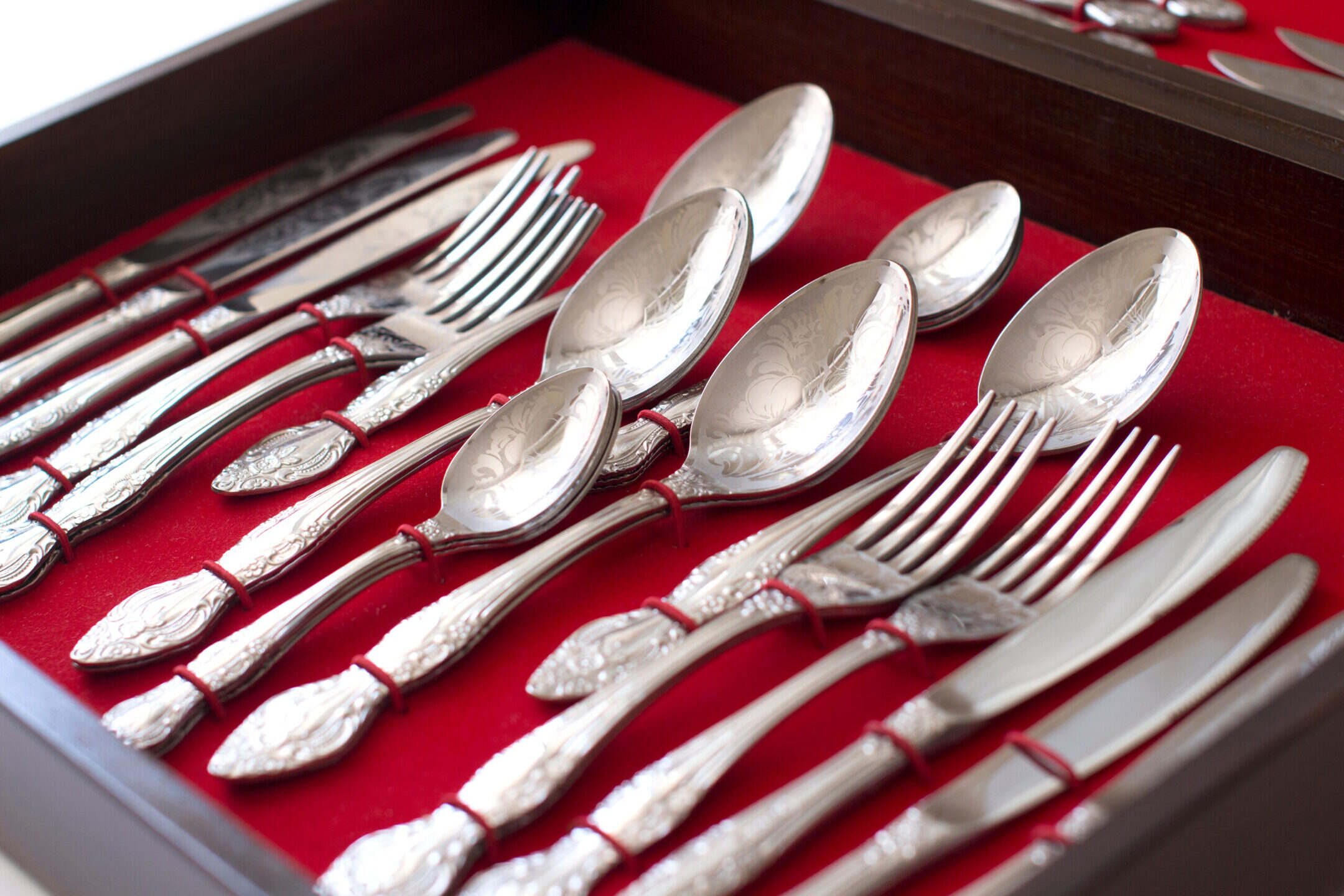

Tableware
Where To Sell Silver Cutlery
Modified: October 27, 2024
Looking to sell your silver cutlery or tableware? Discover the best places to sell your valuable pieces and get top dollar for your silver items.
(Many of the links in this article redirect to a specific reviewed product. Your purchase of these products through affiliate links helps to generate commission for Storables.com, at no extra cost. Learn more)
Introduction
Silver cutlery holds a unique charm and elegance that can add a touch of sophistication to any dining experience. Whether you have inherited a set of silver flatware or have decided to part ways with your beloved collection, it’s essential to know where to sell your silver cutlery for the best possible value. In this article, we will explore the various factors to consider before selling and provide insights into the best places to sell your silver cutlery.
Before diving into the process of selling your silver cutlery, it’s important to understand its value. Silver cutlery is typically made of sterling silver, which consists of 92.5% pure silver and 7.5% other metals, usually copper. This composition gives the cutlery its durability and strength while maintaining its silver shine.
The value of your silver cutlery will depend on several factors, including the weight, the purity of the silver, the craftsmanship, and the brand or maker. Antique or vintage silver cutlery by well-known manufacturers can fetch higher prices due to their historical context and rarity. Additionally, the condition of your silver cutlery, such as scratches, dents, or tarnish, can also affect its value.
Before selling your silver cutlery, it’s important to consider a few key factors. Firstly, take the time to appraise your cutlery to get an accurate understanding of its value. This can be done by consulting a professional appraiser who specializes in silverware or by researching similar pieces online. Understanding the potential value of your cutlery will help you set a realistic price when it comes time to sell.
Secondly, determine whether you want to sell your cutlery as a complete set or as individual pieces. While selling a complete set may be more appealing to some buyers, selling individual pieces can potentially yield higher profits. It is also important to consider the cost of shipping if you decide to sell your silver cutlery online. Silver cutlery can be quite heavy, so it’s crucial to calculate shipping costs and include them in your pricing strategy.
Now that you have a deeper understanding of the value of silver cutlery and the factors to consider before selling, let’s explore the different places where you can sell your silver cutlery to maximize your profits.
Key Takeaways:
- Understanding the value, cleaning, and presenting silver cutlery in the best light can attract potential buyers and ensure a fair selling price. Researching market trends and engaging with reputable dealers are crucial for a successful sale.
- Exploring various selling options, such as antique shops, online auction websites, and consignment shops, can maximize the chances of finding the right buyer for your silver cutlery. Effective marketing, networking, and prioritizing trust and safety are essential for a rewarding selling experience.
Read more: Where Are Chicago Cutlery Knives Made
Understanding the Value of Silver Cutlery
Silver cutlery, also known as silverware or flatware, carries both monetary and sentimental value. Before selling your silver cutlery, it’s essential to have a clear understanding of its worth. Several factors contribute to the value of your silver cutlery, so let’s explore them in detail.
Firstly, the purity of the silver affects its value. Sterling silver, the most common type used for cutlery, contains 92.5% pure silver and 7.5% other metals, typically copper. This ratio ensures the durability and strength of the cutlery while maintaining its silver appearance.
Another important factor is the weight of the silver cutlery. The weight is usually measured in troy ounces, with each troy ounce equivalent to approximately 31.1 grams. The heavier the silver cutlery, the more valuable it is. The weight of the cutlery determines the amount of silver it contains and directly influences its market value.
In addition to purity and weight, the craftsmanship of the silver cutlery can significantly impact its value. Intricate designs, detailed patterns, and delicate engravings can enhance the aesthetic appeal and elevate the value of the cutlery. Silver cutlery crafted by renowned silversmiths or famous manufacturers often commands higher prices due to their reputation and craftsmanship.
Furthermore, the age and rarity of your silver cutlery play a crucial role in determining its value. Antique or vintage silver cutlery, especially those from a specific era or made by notable makers, tend to be more sought after by collectors and enthusiasts. These pieces carry historical significance and scarcity, which increases their market value.
The condition of your silver cutlery is also an essential consideration in evaluating its value. Pristine, well-maintained pieces generally command higher prices than those with scratches, dents, or excessive tarnish. However, it’s important to note that minor wear and tarnish can be expected with age and might not significantly affect the value, especially for antique or vintage pieces.
Finally, the brand or maker of the silver cutlery can influence its value. Some well-known manufacturers, such as Tiffany & Co., Gorham, and Wallace, have established a reputation for producing high-quality silver cutlery. Cutlery bearing the hallmark of these prestigious brands often garners higher prices due to their brand recognition and desirability among collectors.
By considering these factors – purity, weight, craftsmanship, age, condition, and brand – you can effectively assess the value of your silver cutlery. This knowledge will guide you in setting a fair price when you decide to sell your silver cutlery and ensure that you receive the appropriate value for your pieces.
Factors to Consider Before Selling
Before you sell your silver cutlery, it’s crucial to take several factors into consideration. These factors will help you make informed decisions and maximize your profits. Let’s explore the key factors you should consider before selling your silver cutlery.
1. Market Conditions: It’s essential to research the current market conditions for silver cutlery. The price of silver fluctuates, so it’s important to be aware of trends and price movements. This will help you determine the optimal time to sell your cutlery and potentially maximize your earnings.
2. Appraisal: Consider getting a professional appraisal for your silver cutlery. A certified appraiser will evaluate the value of your cutlery based on its silver content, craftsmanship, age, condition, and other relevant factors. This will provide you with an accurate estimate of its worth and help you set an appropriate selling price.
3. Selling Options: Explore the different selling options available to you. Determine whether you want to sell your silver cutlery locally or online. Each option has its pros and cons, so consider factors like convenience, reach, and potential costs before making a decision.
4. Selling as a Set vs. Individual Pieces: Decide whether you want to sell your silver cutlery as a complete set or individual pieces. Selling as a set may appeal to collectors or those looking to furnish their dining table. On the other hand, selling individual pieces can potentially yield higher profits as some buyers may be specifically interested in acquiring specific items.
5. Shipping and Insurance: If you plan to sell your silver cutlery online or to buyers in distant locations, consider the logistics of shipping. Silver cutlery can be heavy, so calculate the shipping costs and factor them into your pricing strategy. Additionally, consider insuring your package to protect against loss or damage during transit.
6. Timing: Timing plays a crucial role in selling your silver cutlery. Consider the demand for silver cutlery in the market and any upcoming events or occasions where buyers might be more interested in purchasing. Holiday seasons, weddings, and special occasions can create a surge in demand, potentially increasing the value of your silver cutlery.
7. Research Potential Buyers: Before finalizing your selling options, research potential buyers. Look for reputable antique dealers, silverware collectors, or online marketplaces with a solid track record. Read reviews, check their policies, and compare prices to ensure you choose the best platform or buyer for your silver cutlery.
By taking these factors into account, you can make well-informed decisions when selling your silver cutlery. This will help you optimize your selling strategy, attract potential buyers, and ensure that you receive the best possible value for your treasured pieces of silver cutlery.
Places to Sell Silver Cutlery
If you’ve decided to sell your silver cutlery, you have several options for finding potential buyers. Here are some of the top places where you can sell your silver cutlery:
- Antique Shops: Antique shops are a great place to sell your silver cutlery, especially if it has historical significance or is an antique piece. Antique shop owners have knowledge and expertise to assess the value of your cutlery and may be willing to pay a fair price for it.
- Online Auction Websites: Websites like eBay or Etsy provide a platform for selling your silver cutlery to a wide range of potential buyers. You can set a starting bid or establish a fixed price for your pieces. Be sure to include detailed descriptions, high-quality images, and accurate measurements to attract potential buyers.
- Silver Dealers: Silver dealers specialize in buying and selling silver items, including cutlery. They have extensive knowledge of silver and its market value, so they are likely to offer a fair price for your silver cutlery. Seek out reputable silver dealers in your local area or consider online silver dealers who purchase items remotely.
- Pawn Shops: Pawn shops can be a convenient option if you’re looking for a quick sale. However, keep in mind that pawn shops may offer a lower price compared to other options. Make sure to research multiple pawn shops to find the one that offers the best deal for your silver cutlery.
- Estate Sales: Estate sales are events where the belongings of a deceased person or a household are sold. These sales often include a wide range of items, including silver cutlery. Attend local estate sales or search for online estate sale listings to find potential buyers who are interested in acquiring silver cutlery.
- Consignment Shops: Consignment shops can be an effective way to sell your silver cutlery. Consignment shops take your items and sell them on your behalf, typically taking a percentage of the sale price as a commission. Make sure to choose a reputable consignment shop that specializes in silverware to attract potential buyers.
When selling your silver cutlery, it’s important to research and compare prices from different sources. Consider the reputation and expertise of the buyer, as well as their terms, fees, and commission rates. Ultimately, choose the option that offers you the best combination of a fair price and a smooth selling experience.
Remember to present your silver cutlery in the best possible light when selling. Clean and polish your cutlery, take clear and well-lit photographs, and provide accurate and detailed descriptions. Highlight any unique features or historical significance to attract potential buyers.
By exploring these various places to sell your silver cutlery, you can find the best option that suits your preferences and maximizes your chances of a successful sale.
Antique Shops
Antique shops are an excellent option for selling your silver cutlery, particularly if your pieces have historical significance or are considered antique. These specialized shops cater to collectors and enthusiasts who appreciate the charm and craftsmanship of vintage items.
When selling to antique shops, it’s important to present your silver cutlery in the best possible light. Clean and polish your pieces to restore their shine and remove any tarnish. Consider using silver polish or a mild dish soap to gently clean the cutlery, taking care to avoid abrasive materials that could scratch the silver. Once cleaned, dry the pieces thoroughly to prevent water spots.
Before visiting an antique shop, it’s a good idea to do some research and familiarize yourself with the current market value of similar silver cutlery. This will help you set a realistic asking price and negotiate with the shop owner. Keep in mind that they will likely offer you a price slightly below the market value, as they need to account for their own expenses and expected profit margin.
When dealing with antique shop owners, provide accurate and detailed information about your silver cutlery. Share any relevant history, including the maker, age, and any unique characteristics. This information will help the shop owner understand the value and desirability of your pieces.
Be prepared to negotiate the price. Antique shop owners are skilled at bargaining, so it’s important to have a minimum price in mind that you’re willing to accept. However, be open to their professional expertise and consider their evaluation of your cutlery’s value.
If you’re selling a complete set of silver cutlery, consider presenting it in an attractive display case or a velvet-lined box. This enhances the visual appeal and makes it more enticing for buyers who are looking to furnish their dining table with a matching set.
Remember, when selling to antique shops, it’s important to establish a rapport with the owner. Building a positive working relationship can lead to future business opportunities and potential referrals. Treat the owner with respect, be courteous, and maintain open and honest communication throughout the selling process.
In summary, antique shops are a great option for selling your silver cutlery, especially if you have antique or vintage pieces. Clean and polish your cutlery, research the market value, and be prepared to negotiate. Present your pieces in an appealing manner and build a rapport with the shop owner. By following these tips, you can increase your chances of a successful sale and receive a fair price for your silver cutlery.
Read more: Where Is Circle SH Cutlery Made
Online Auction Websites
Online auction websites, such as eBay or Etsy, provide a convenient platform for selling your silver cutlery to a wide range of potential buyers from around the world. These online marketplaces offer a level of exposure and competition that can help you maximize your profits.
When selling on online auction websites, it’s crucial to create a compelling listing that attracts potential buyers. Take high-quality, well-lit photographs of your silver cutlery from different angles to showcase their details and condition. Include accurate measurements and provide a detailed description that highlights the craftsmanship, historical significance, or any unique features.
Setting a reasonable starting bid or buy-it-now price is essential to attract interest and encourage bidding. Research similar items on the website to get an idea of the current market value and set your price accordingly. It’s important to strike a balance between pricing your cutlery competitively and ensuring you receive a fair price for your pieces.
Be thorough and transparent in the listing description by including important details such as the weight, the purity of the silver, the maker, and any relevant hallmarks or inscriptions. This information will help potential buyers make informed decisions and build trust in your listing.
During the auction period, it’s essential to actively monitor your listing and respond promptly to any questions or inquiries from potential buyers. Timely and helpful communication can boost buyer confidence in your professionalism and increase the likelihood of a successful sale.
Consider offering free shipping or providing multiple shipping options to accommodate different buyer preferences. Clearly state the shipping costs and any insurance options to avoid any misunderstandings or surprises for the buyers. Proper packaging with secure materials is crucial to ensure the safe arrival of your silver cutlery to its new owner.
Once the auction ends, communicate with the winning bidder to arrange payment and shipping details promptly. Provide them with the necessary information and keep them informed throughout the process. Prompt shipment and excellent customer service can contribute to positive feedback and ratings, which can boost your credibility for future transactions.
However, it’s important to note that online auction websites charge fees for listing and selling items. Familiarize yourself with the fee structure and consider these costs when setting your selling price. Remember to factor in shipping expenses and PayPal or other payment processing fees as well.
In summary, online auction websites offer a vast pool of potential buyers and the opportunity for competitive bidding on your silver cutlery. Create compelling listings, provide accurate descriptions, and set reasonable prices. Stay engaged with potential buyers and ensure smooth communication. By following these tips, you can increase your chances of a successful sale and obtain a fair price for your silver cutlery.
Consider selling your silver cutlery at reputable online marketplaces such as eBay, Etsy, or Ruby Lane. You can also try local antique shops, silver dealers, or consignment stores for potential buyers.
Silver Dealers
Silver dealers are experts in buying and selling silver items, including silver cutlery. These specialized dealers have in-depth knowledge of silver and its market value, making them a great option for selling your silver cutlery.
When selling to silver dealers, it’s important to follow a few steps to ensure a fair and smooth transaction:
1. Research and Identify Reputable Dealers: Take the time to research and identify reputable silver dealers in your local area or online. Look for dealers with a good track record, positive customer reviews, and a strong reputation in the industry. Seek out dealers who specialize in silverware or cutlery to find those with expertise in evaluating and pricing your items accurately.
2. Contact Multiple Dealers: Reach out to multiple silver dealers to get different offers and understand the market value of your silver cutlery. Provide them with detailed information about your cutlery, including the weight, purity, maker, and any relevant hallmarks or engravings. Sharing clear, high-quality photographs can also help dealers assess your items more accurately.
3. Request Appraisals and Offers: Arrange for appraisals and offers from the silver dealers you’re considering. An appraisal will provide you with an estimated value for your cutlery, while an offer indicates the price the dealer is willing to pay. Compare the appraisals and offers to get an idea of the fair market value and choose the dealer that provides the best offer or aligns with your selling goals.
4. Understand the Dealer’s Pricing and Procedures: Before finalizing the sale, make sure to understand the dealer’s pricing structure and procedures. Some dealers may offer a percentage of the current market price for silver, while others may base their offers on the weight and purity of the silver cutlery. Familiarize yourself with their terms, including any fees or commissions they may charge.
5. Negotiate and Finalize the Sale: Once you have received offers from different dealers, you can negotiate the pricing further if you feel it’s necessary. Keep in mind that dealers need to consider their own expenses and profit margins, so be realistic in your negotiations. Once you have agreed on a price, finalize the sale by signing any necessary paperwork and arranging for payment and delivery.
Working with silver dealers can be advantageous as they offer expertise, a streamlined selling process, and a quick turnaround time. Additionally, silver dealers often have connections with other collectors and buyers, which can lead to potential referrals or additional selling opportunities.
However, as with any transaction, it’s important to exercise caution and conduct thorough research. Read customer reviews, ask for recommendations, and verify the dealer’s credentials and reputation before proceeding with the sale.
In summary, silver dealers are professionals who specialize in buying and selling silver cutlery. Research and identify reputable dealers, contact multiple dealers to obtain appraisals and offers, and understand their pricing structure and procedures. Negotiate the price if necessary and finalize the sale with the dealer that offers the best value for your silver cutlery. By following these steps, you can ensure a fair and successful transaction with a silver dealer.
Pawn Shops
Pawn shops can be a viable option for selling your silver cutlery if you are looking for a quick sale or need immediate cash. Pawn shops specialize in providing short-term loans in exchange for valuable items, including silver cutlery.
When considering selling your silver cutlery to a pawn shop, there are a few factors to keep in mind:
1. Research Local Pawn Shops: Conduct thorough research to identify reputable pawn shops in your local area. Look for shops with positive reviews, a fair and transparent process, and a reputation for offering reasonable prices for items.
2. Assess Your Silver Cutlery: Before visiting a pawn shop, assess the condition and value of your silver cutlery. Clean and polish your pieces to present them in the best possible light. Take note of any unique features, such as engravings or historical significance, as these can potentially increase the value.
3. Set a Realistic Price: Research the market value of your silver cutlery and set a realistic price that you are willing to accept. Keep in mind that pawn shops typically offer lower prices compared to other selling avenues due to the nature of their business.
4. Prepare for Negotiation: Understand that pawn shop owners are skilled negotiators. Be prepared to negotiate the selling price of your silver cutlery. While you may not receive the full market value, negotiating can help you secure a fair price.
5. Understand the Loan vs. Sell Option: Pawn shops typically offer two options when selling your silver cutlery – a loan or outright sale. With a loan, the pawn shop will provide you with a monetary advance against the value of your silver cutlery. If you choose an outright sale, you will receive a cash payment for your items. Consider which option best suits your financial needs.
6. Know the Terms and Conditions: Familiarize yourself with the terms and conditions of the pawn shop, including any fees or interest rates associated with a loan. Understand the duration of the loan if you choose that option and be aware of any potential consequences if you are unable to repay the loan within the agreed-upon timeline.
Selling your silver cutlery to a pawn shop can be a convenient option when you need immediate funds. However, it’s essential to note that pawn shops often cater to a specific clientele looking for discounted items. Therefore, the offer you receive may be lower than the market value of your silver cutlery.
It’s crucial to choose a reputable pawn shop with fair practices and transparent policies. Read reviews, ask for recommendations, and be cautious of any red flags during the selling process. Remember that establishing a positive relationship with the pawn shop may lead to future opportunities or potential referrals.
In summary, pawn shops offer a quick and convenient option for selling your silver cutlery in exchange for immediate cash or a short-term loan. Research local pawn shops, assess your cutlery’s condition, set a realistic price, and be prepared to negotiate. Understand the terms and conditions and choose a reputable pawn shop to ensure a fair and smooth transaction.
Estate Sales
Estate sales provide a unique opportunity to sell your silver cutlery, especially if you have antique or vintage pieces. These sales occur when the belongings of a deceased individual or an entire household are sold, often attracting collectors, antique dealers, and enthusiasts looking for unique items.
If you’re considering selling your silver cutlery at an estate sale, here are some tips to keep in mind:
1. Estate Sale Research: Research local estate sales in your area to find ones that specialize in silverware or feature items similar to your silver cutlery. Attend estate sales beforehand to observe how they are conducted, the types of buyers present, and the prices that similar items are being sold for. This will help you understand the market and set reasonable expectations.
2. Contact Estate Sale Organizers: Reach out to the organizers of estate sales that interest you. Inquire about their requirements for sellers and whether they accept silver cutlery. Provide them with details about your pieces, including the maker, age, condition, and any relevant history. This information can pique their interest and increase your chances of being included in the sale.
3. Presentation and Documentation: Clean and polish your silver cutlery to showcase its beauty and condition. Consider creating a portfolio or binder with detailed information, such as the weight, purity, maker’s marks, and any unique features. This documentation helps potential buyers understand the value and allure of your silver cutlery.
4. Pricing Strategy: Research the market value of comparable silver cutlery and set a fair pricing strategy for your items. Estate sales attract knowledgeable buyers, so pricing your pieces reasonably can entice potential buyers and facilitate a successful sale. Consider pricing each item individually or offering a bundled pricing option for a complete set.
5. Attend the Estate Sale: If your silver cutlery is accepted for an estate sale, make an effort to attend the event. This gives you an opportunity to interact with potential buyers, answer their questions, and provide additional information about your silver cutlery. Having a personal presence can enhance buyer trust and increase the chances of a successful transaction.
6. Negotiation and Flexibility: Be prepared for negotiation during an estate sale. Estate sale buyers often expect discounts, especially towards the end of the sale. Consider the offers you receive and be open to negotiating if it aligns with your selling goals. Flexibility in adjusting prices can improve the chances of making a sale.
7. Consult Professionals: If you have valuable or rare silver cutlery, consider seeking advice from professionals, such as antique appraisers or silver experts. They can provide guidance on pricing, authentication, and marketing strategies to ensure your silver cutlery achieves its maximum potential value.
Estate sales can be an exciting opportunity to connect with buyers who appreciate unique and antique items, including silver cutlery. By understanding the logistics of estate sales, setting reasonable prices, and being proactive in your sales approach, you can increase the likelihood of a successful sale at these events.
Remember to maintain professionalism and approachability during estate sales. Engage with potential buyers, provide accurate information, and be open to negotiation. Building relationships and positive rapport can lead to future referrals and selling opportunities.
In summary, estate sales offer a platform to sell your silver cutlery, particularly antique or vintage pieces. Research estate sales in your area, contact organizers, prepare your silver cutlery for presentation, set a fair pricing strategy, attend the sale, and be open to negotiation. By following these tips, you can maximize your chances of a successful sale at an estate sale.
Read more: Where To Put Cutlery If No Drawers
Consignment Shops
Consignment shops can be a valuable option for selling your silver cutlery, combining the convenience of a dedicated sales platform with the expertise of experienced professionals. These shops act as intermediaries, displaying and selling your items on your behalf in exchange for a commission fee.
If you’re considering consignment shops to sell your silver cutlery, here are some key things to keep in mind:
1. Research Local Consignment Shops: Start by researching consignment shops in your local area that specialize in silverware or antique items. Look for well-established and reputable shops with a good track record and positive customer reviews. Visit the shops in person if possible to get a sense of their inventory and how well-maintained their displays are.
2. Assess the Consignment Terms: Each consignment shop will have its own terms and policies. Take the time to review and understand these terms before entering into an agreement. Pay particular attention to the commission fee structure, the length of the consignment period, and any additional fees that may apply. Evaluate whether the terms align with your selling goals and expectations.
3. Prepare Your Silver Cutlery: Clean and polish your silver cutlery to showcase its beauty and desirability. Take high-quality photographs that highlight the details and craftsmanship of the pieces. Be sure to provide accurate and detailed descriptions that include information such as weight, purity, maker, and any unique features or historical context. These elements will help potential buyers see the value and appeal of your silver cutlery.
4. Set a Competitive Price: Research the market value of similar silver cutlery items and work with the consignment shop to set a competitive price. The price should take into account factors such as the condition, rarity, and desirability of your pieces. The consignment shop’s expertise can be valuable in determining the appropriate selling price that attracts buyers.
5. Stay Informed and Engaged: Once your silver cutlery is on consignment, stay in close communication with the consignment shop. Inquire about the progress of the sale, ask for feedback from potential buyers, and discuss any adjustments that may be necessary. By staying engaged in the process, you can ensure that your items are effectively marketed and increase the chances of a successful sale.
6. Understand the Settlement Process: Familiarize yourself with the consignment shop’s settlement process. Typically, once your items sell, the shop will deduct their commission fee from the sale price and provide you with a settlement statement and payment for the remaining amount. Clarify the timeline for payments and any additional paperwork that may be required.
Consignment shops offer the advantage of leveraging their established customer base and marketing efforts to sell your silver cutlery. Additionally, the expertise of the shop’s staff can help you accurately price and position your items for successful sales. However, it’s important to note that consignment shops generally charge higher commission fees compared to other selling avenues.
By selecting the right consignment shop, preparing your silver cutlery effectively, and maintaining open communication, you can maximize your chances of a successful sale. Remember, building a positive relationship with the consignment shop can lead to future opportunities and referrals, so maintaining professionalism and trust is essential.
In summary, consignment shops provide a convenient way to sell your silver cutlery, leveraging their expertise and customer base. Research local consignment shops, review their terms, prepare your items effectively, set competitive prices, and stay engaged in the process. By following these steps, you can increase the likelihood of a successful sale at a consignment shop.
Tips for Selling Silver Cutlery
Selling your silver cutlery can be an exciting endeavor, whether you’re looking to downsize, earn some extra cash, or part ways with an inherited collection. To ensure a successful and rewarding selling experience, consider these tips:
- Research and Appraise: Before selling your silver cutlery, research the market value and seek professional appraisals. Understanding the worth of your items will enable you to set a fair and competitive selling price.
- Clean and Polish: Clean and polish your silver cutlery to restore their lustrous shine. Use silver polish or mild dish soap to gently remove tarnish. Dry them thoroughly to prevent water spots and maintain their pristine appearance.
- Photograph and Describe: Take high-quality photographs of your silver cutlery from multiple angles. Capture the intricate details and craftsmanship. Write accurate and detailed descriptions that include information about the weight, purity, maker, and any unique features or historical significance.
- Consider Selling Options: Explore various selling options (such as antique shops, online platforms, silver dealers, pawn shops, estate sales, or consignment shops) to find the best fit for your needs and objectives. Each option has its advantages and considerations, so choose the one that aligns with your selling goals.
- Pricing Strategy: Set a competitive yet realistic selling price based on market research, appraisals, and the condition of your silver cutlery. Be open to negotiation but ensure that the price reflects the value you place on your pieces.
- Timing: Consider the timing of your sale. Certain seasons, holidays, or events may attract more potential buyers. Keep an eye on the market trends and try to align your sales efforts with peak demand periods to maximize your chances of a successful sale.
- Effective Marketing: Utilize compelling photographs, engaging descriptions, and accurate keywords in your online listings to attract potential buyers. Highlight the unique features and historical significance of your silver cutlery to capture the interest of collectors and enthusiasts.
- Networking: Tap into your network and spread the word about your silver cutlery for sale. Inform friends, family, or colleagues who might be interested in purchasing or connecting you with potential buyers. Word of mouth can often lead to successful sales.
- Proper Packaging and Shipping: If you sell your silver cutlery online, ensure safe packaging with appropriate cushioning to avoid damage during shipping. Use secure shipping methods and purchase insurance to offer peace of mind to both you and the buyer.
- Customer Service: Maintain excellent customer service throughout the selling process. Respond promptly to inquiries or offers, provide accurate information, and keep the buyer informed about the progress of the sale. Positive interactions can contribute to successful transactions and positive feedback.
- Prioritize Trust and Safety: While selling online, be cautious of potential scams or fraudulent buyers. Research buyer feedback, use trusted platforms with secure payment options, and consider meeting in person or using reputable escrow services for high-value transactions.
Remember, the selling journey for your silver cutlery should be enjoyable and rewarding. Embrace the opportunity to share the beauty and craftsmanship of your pieces with enthusiastic buyers while ensuring you receive a fair value for your treasured collection.
Conclusion
As you conclude your journey of selling your silver cutlery, it’s important to reflect on the valuable experiences and knowledge you have gained. Whether you have chosen to sell through antique shops, online auction websites, silver dealers, pawn shops, estate sales, or consignment shops, each avenue offers its own unique advantages and considerations.
Understanding the value of your silver cutlery, researching the market, and getting professional appraisals have ensured that you set a fair and realistic selling price. By cleaning, polishing, and presenting your silver cutlery in the best possible light, you have attracted potential buyers and showcased the exquisite craftsmanship of your pieces.
Throughout the selling process, you have navigated negotiations, considered different selling options, and made connections with potential buyers and experts in the industry. Your flexibility, professionalism, and attention to detail have proven invaluable in building trust and securing successful transactions.
By exploring the tips and strategies presented in this article, you have honed your selling skills and learned how to effectively market your silver cutlery. From timing your sales to optimizing online listings, you have implemented techniques that have increased your chances of reaching a broad audience and attracting enthusiastic buyers.
While the selling journey may have had its challenges, it is important to remember the ultimate goal: to find new homes for your silver cutlery where it can be appreciated and cherished by its new owners. The satisfaction of seeing your pieces bring joy to others is immeasurable.
In conclusion, selling your silver cutlery requires careful consideration of its value, thoughtful presentation, and strategic selling techniques. By embracing the various options available to you and engaging in responsible and educated selling practices, you have maximized your chances of achieving success in your selling endeavors.
Remember, the journey doesn’t end here. As you embark on new adventures, your knowledge and experiences gained from selling silver cutlery will continue to serve you well should you decide to part ways with other cherished items in the future. Embrace the opportunities that lie ahead and continue to share the beauty of the world through your unique pieces.
Frequently Asked Questions about Where To Sell Silver Cutlery
Was this page helpful?
At Storables.com, we guarantee accurate and reliable information. Our content, validated by Expert Board Contributors, is crafted following stringent Editorial Policies. We're committed to providing you with well-researched, expert-backed insights for all your informational needs.
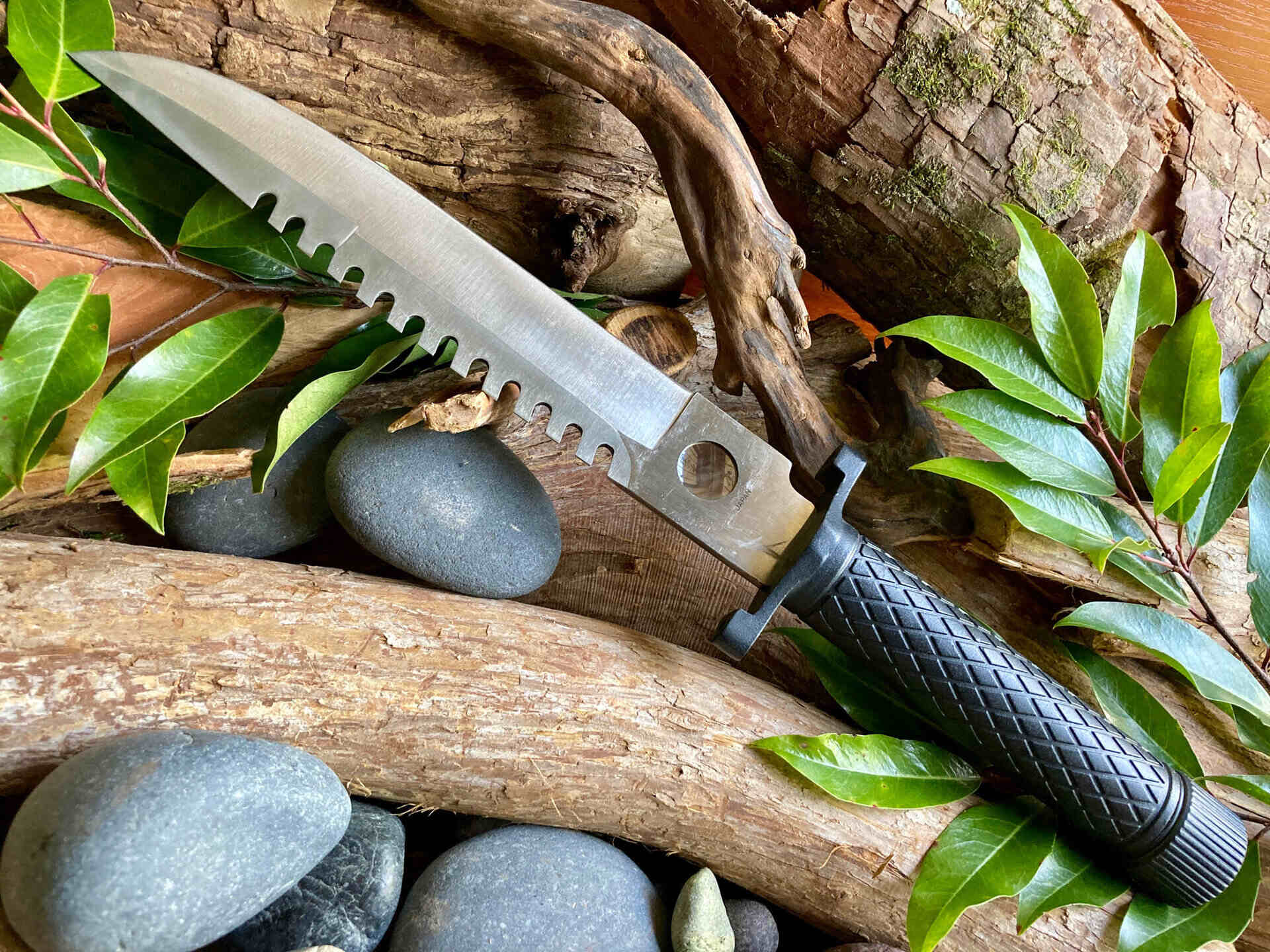
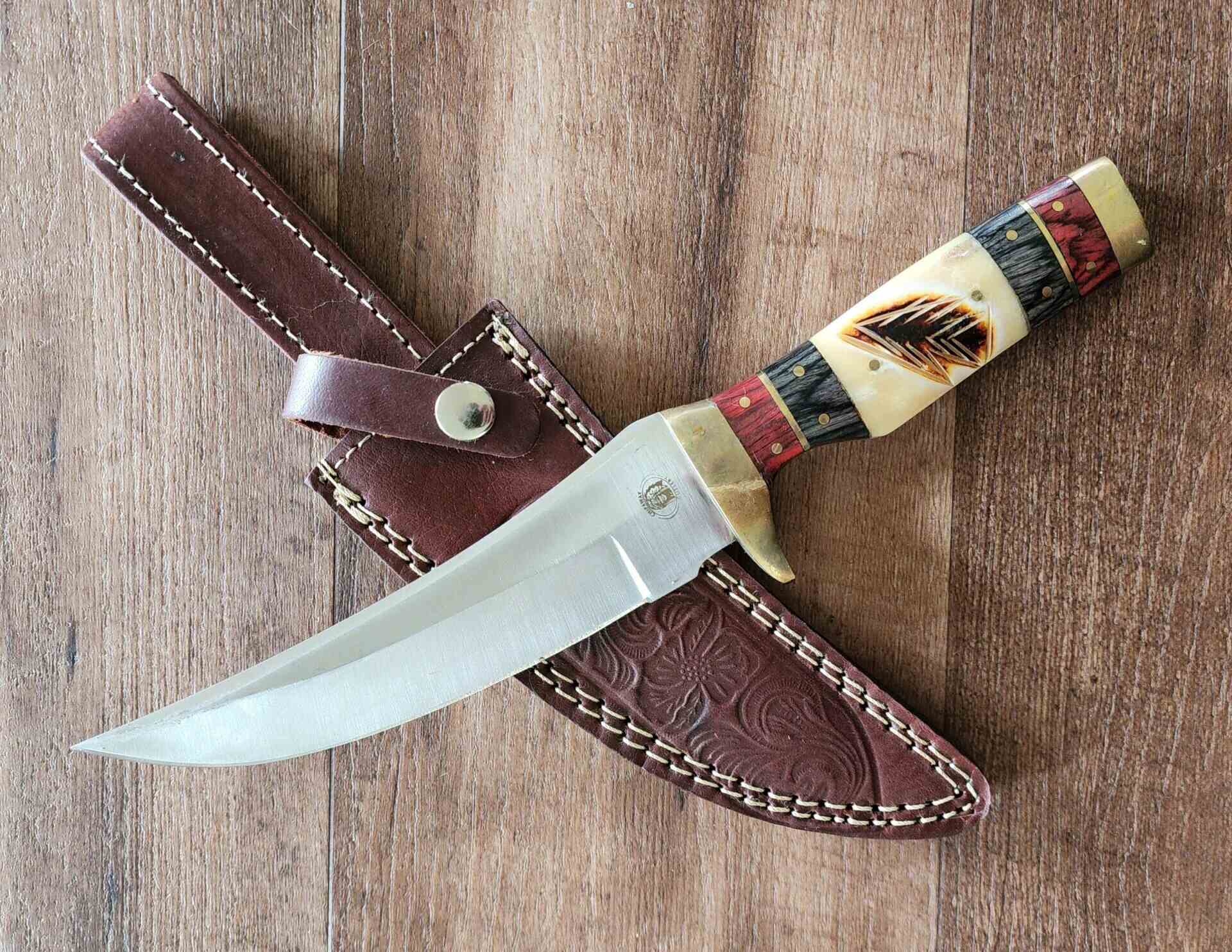
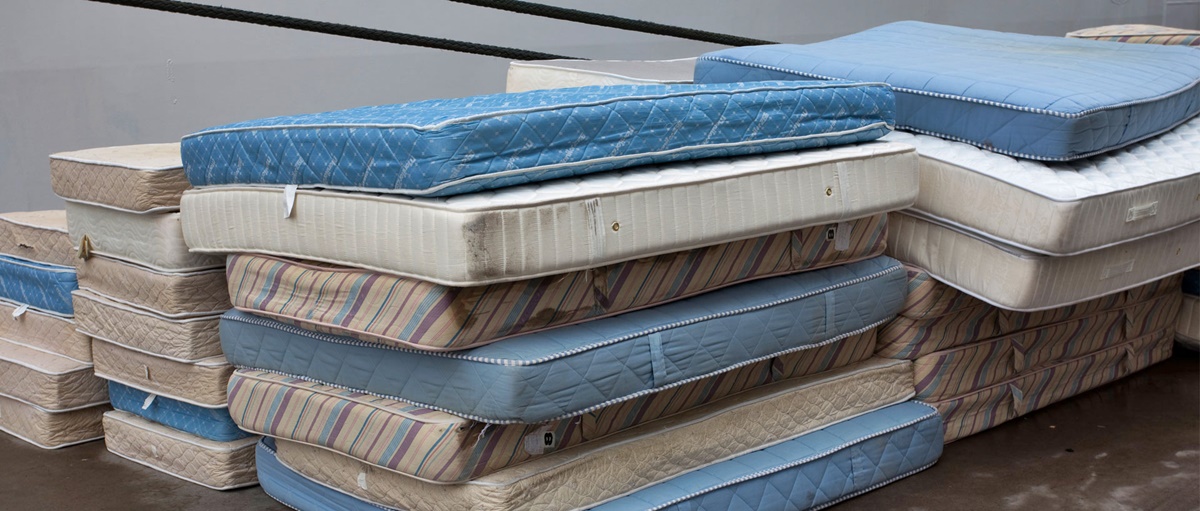
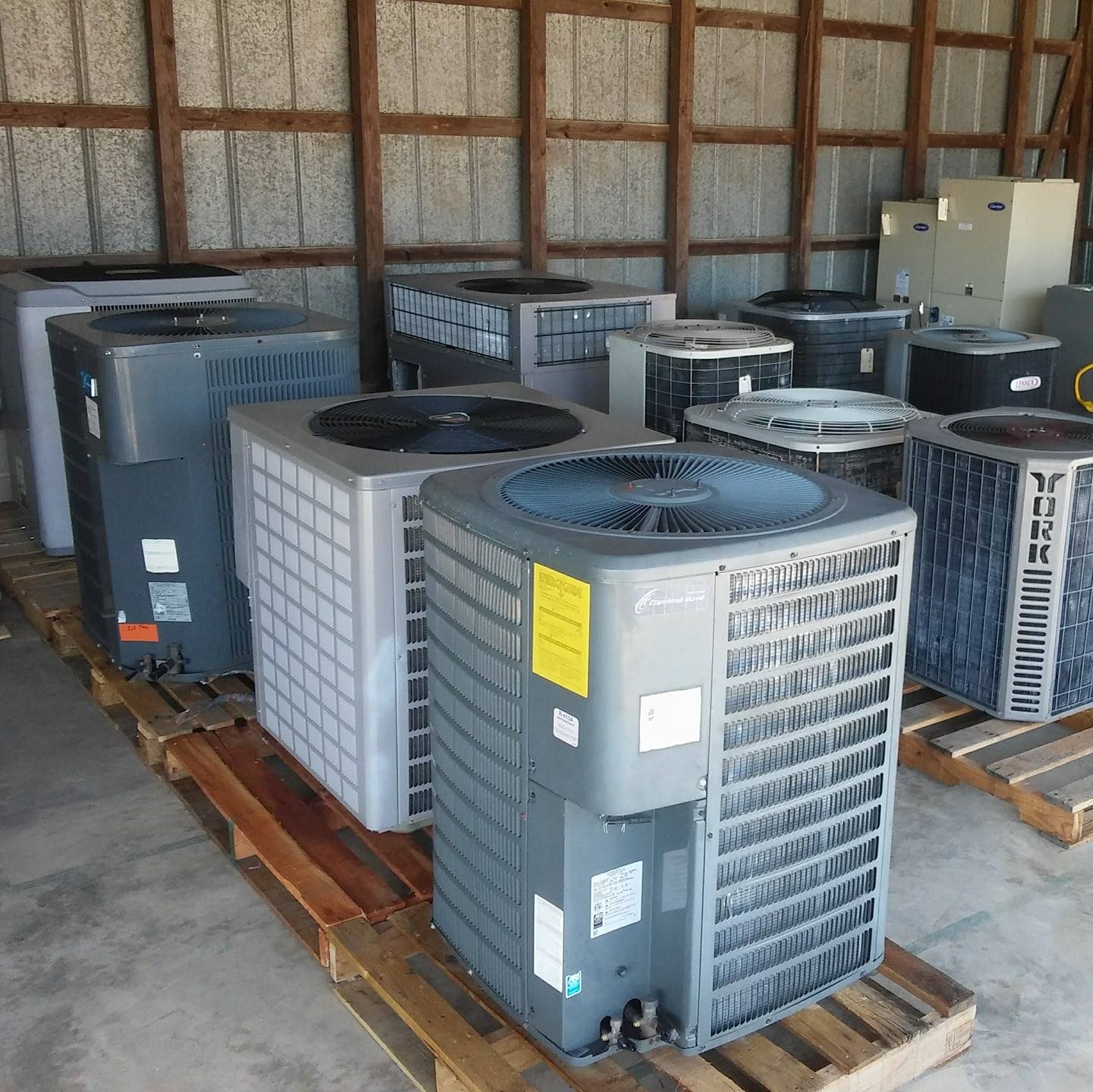
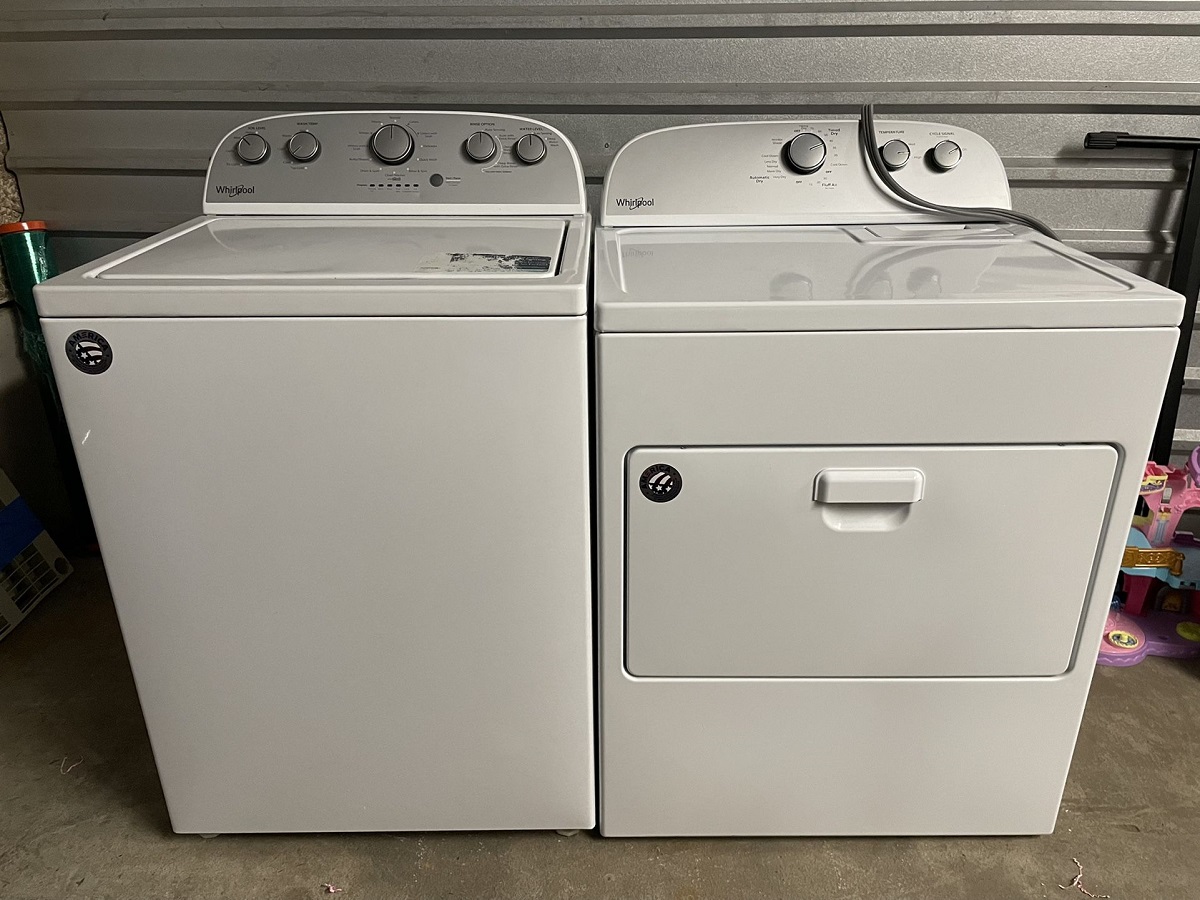
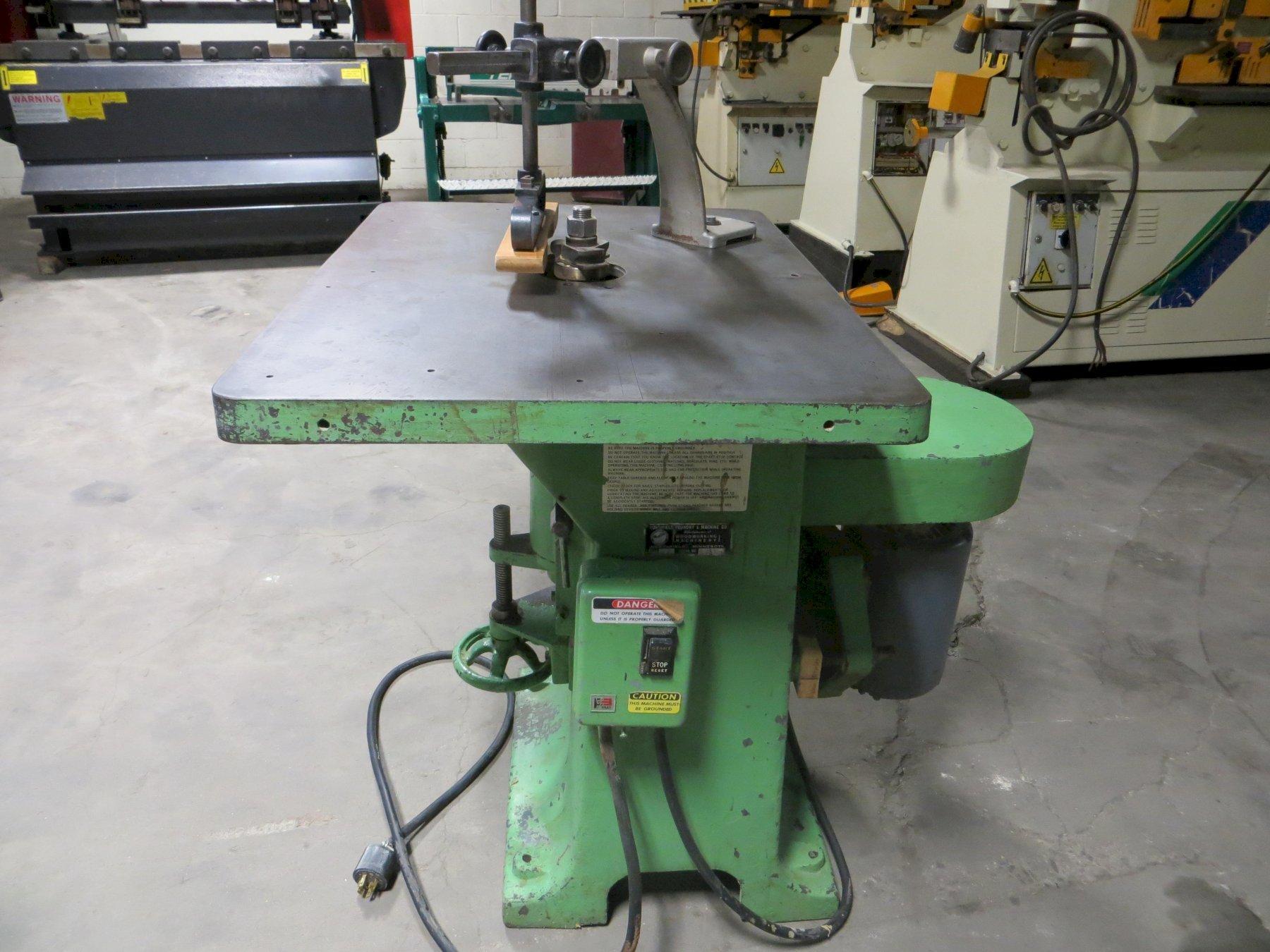
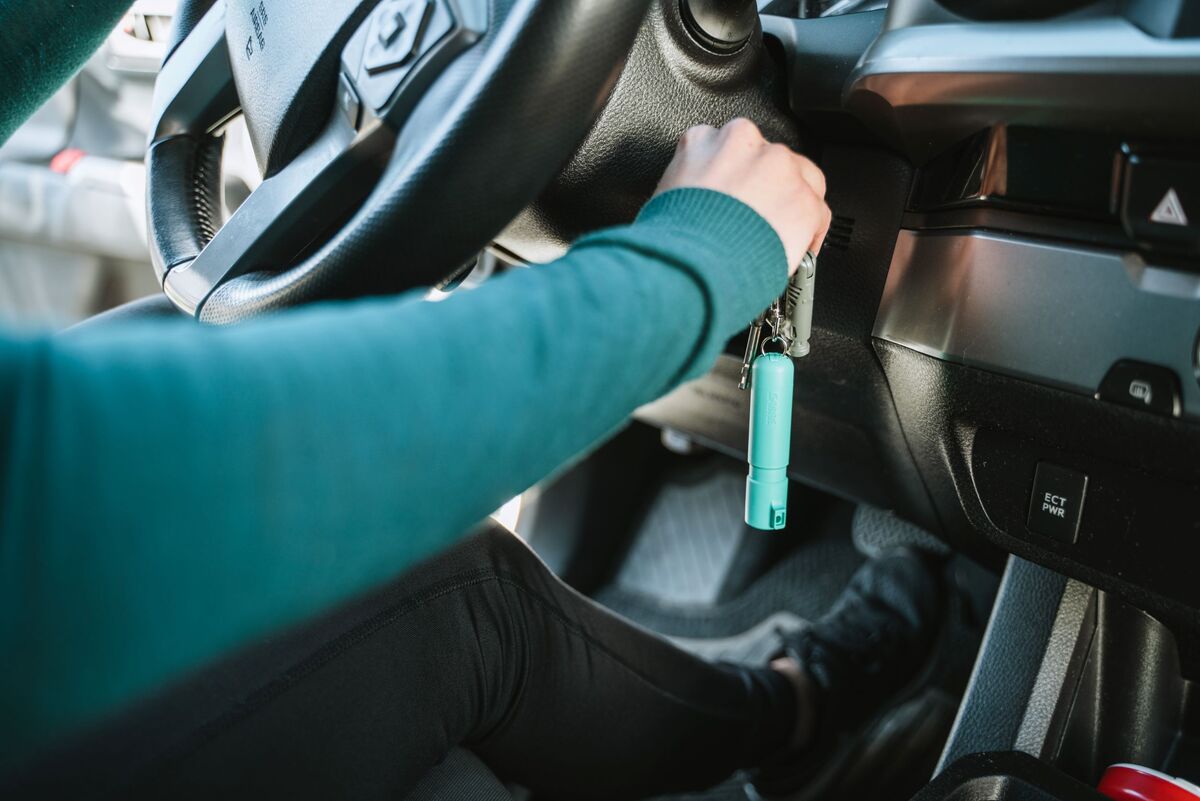
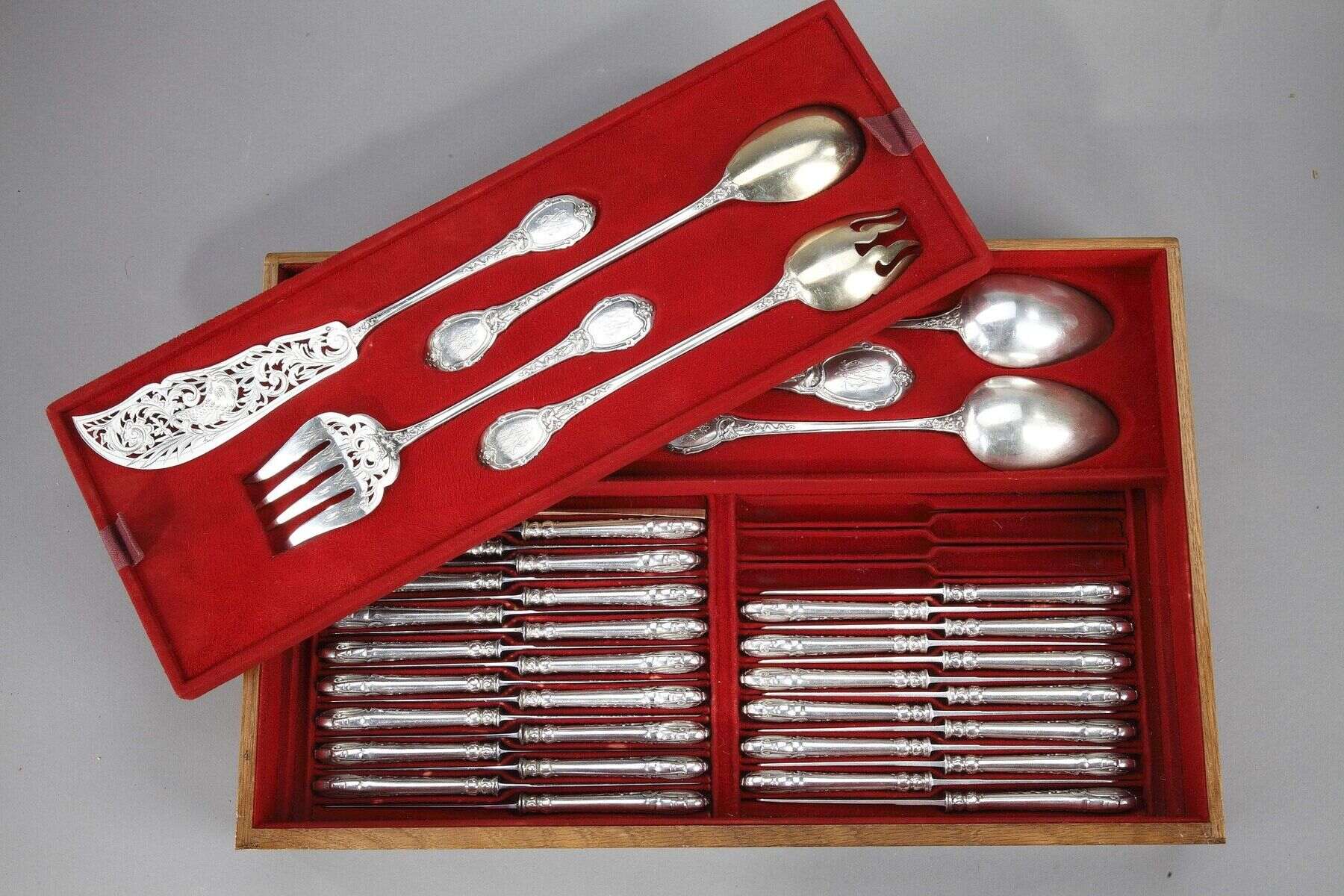
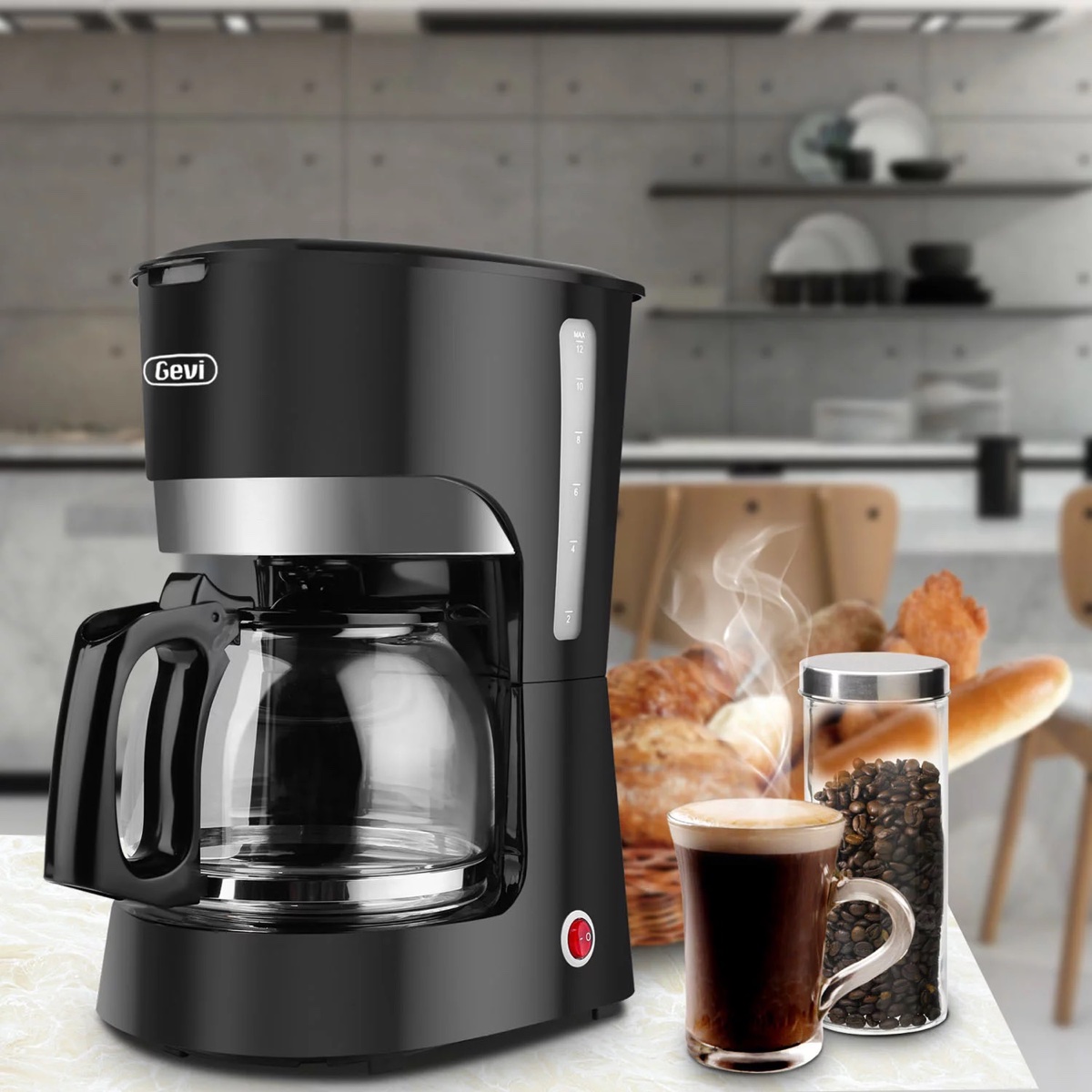
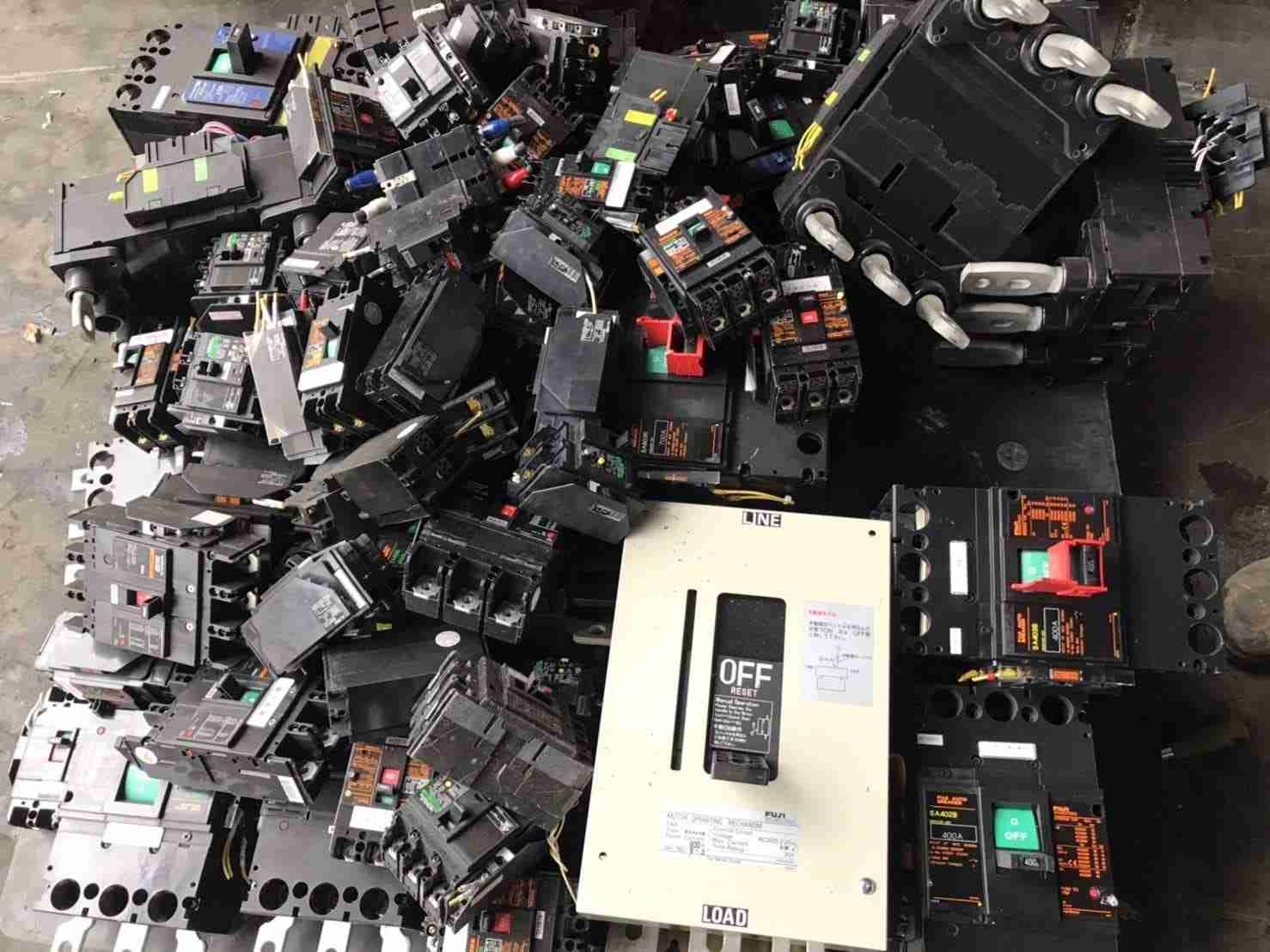
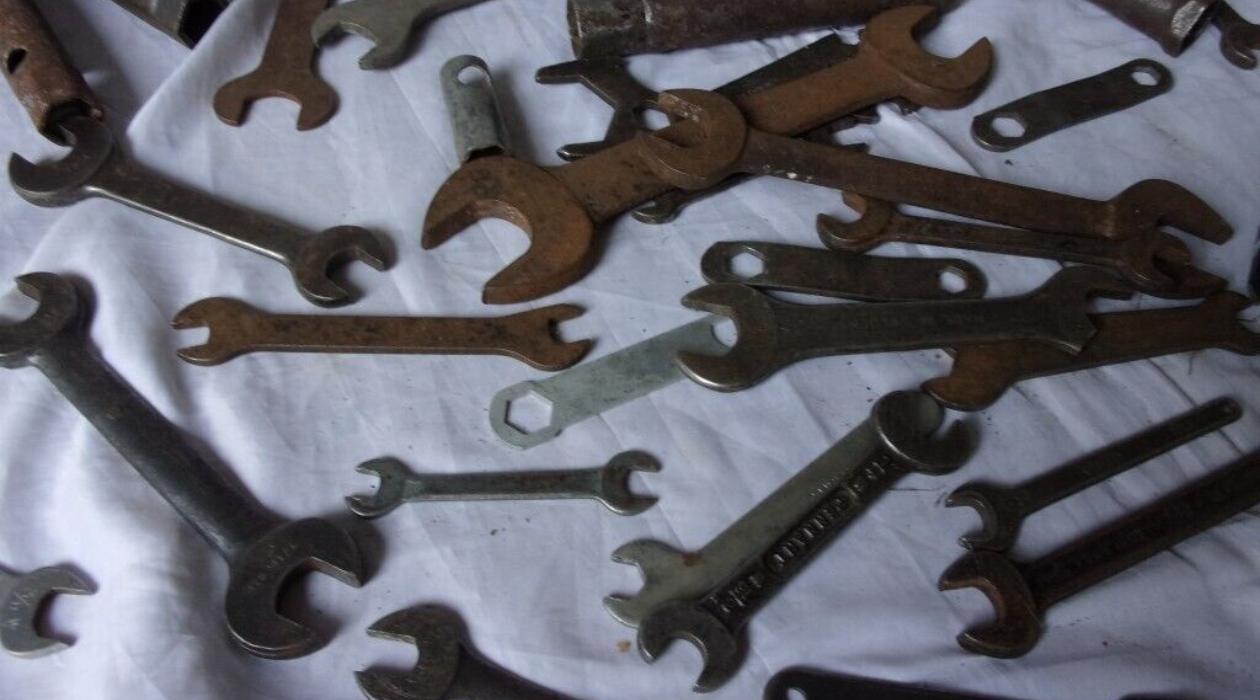
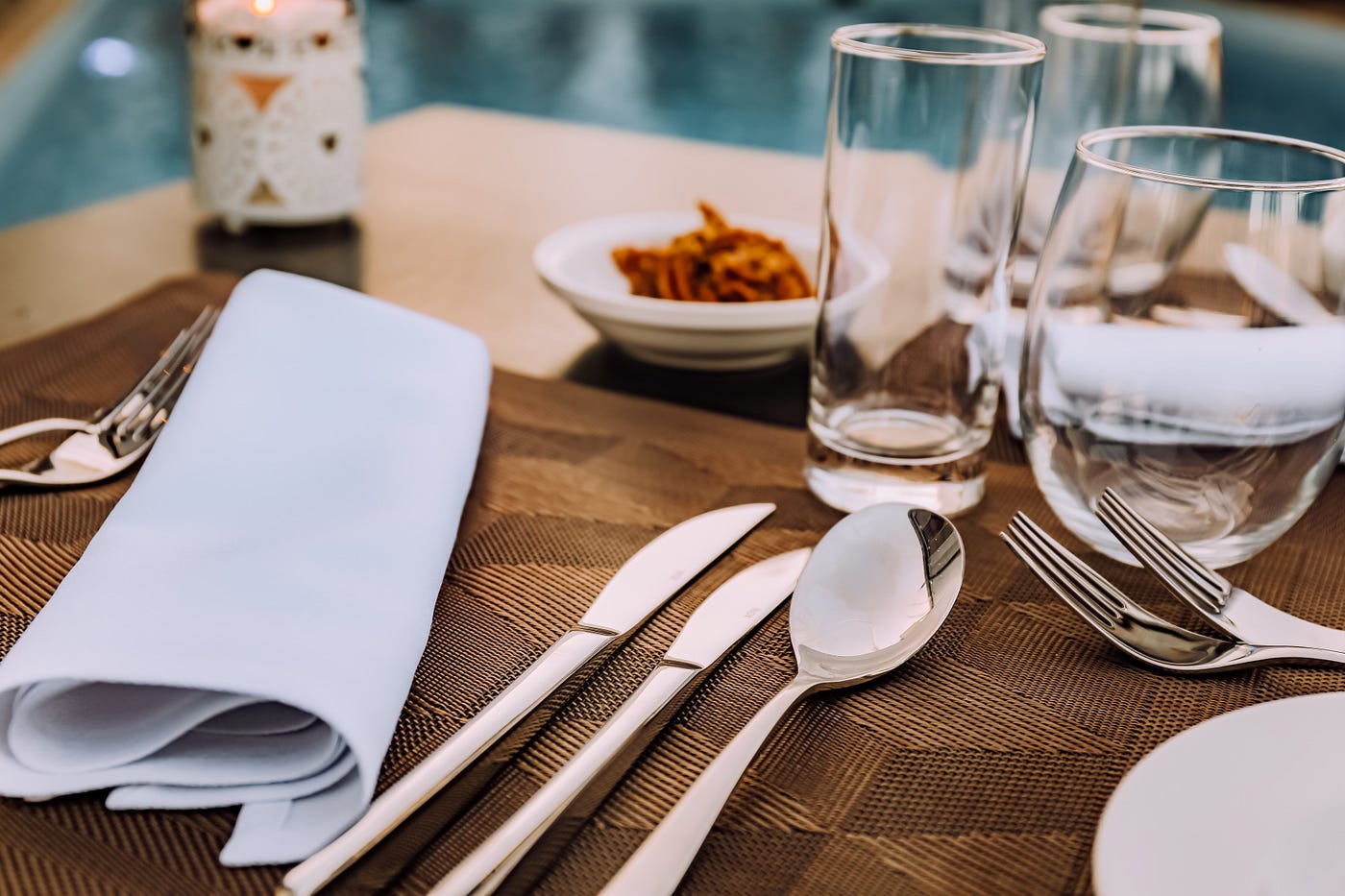


0 thoughts on “Where To Sell Silver Cutlery”